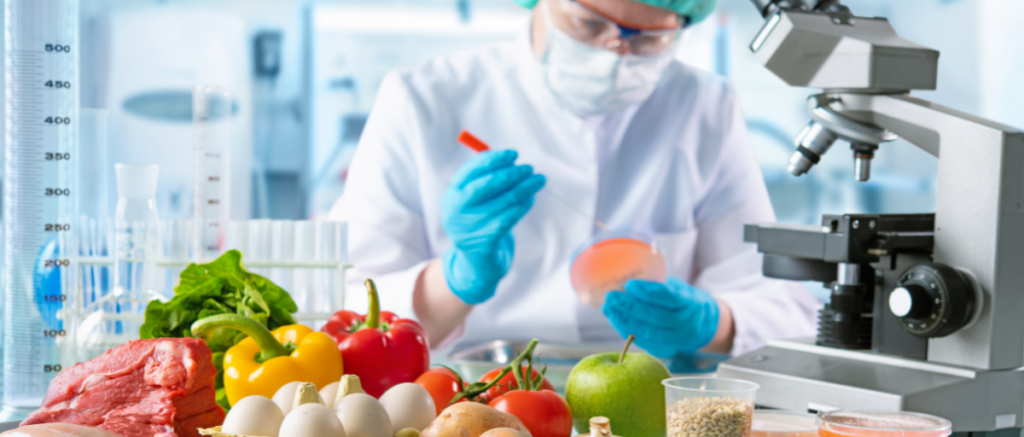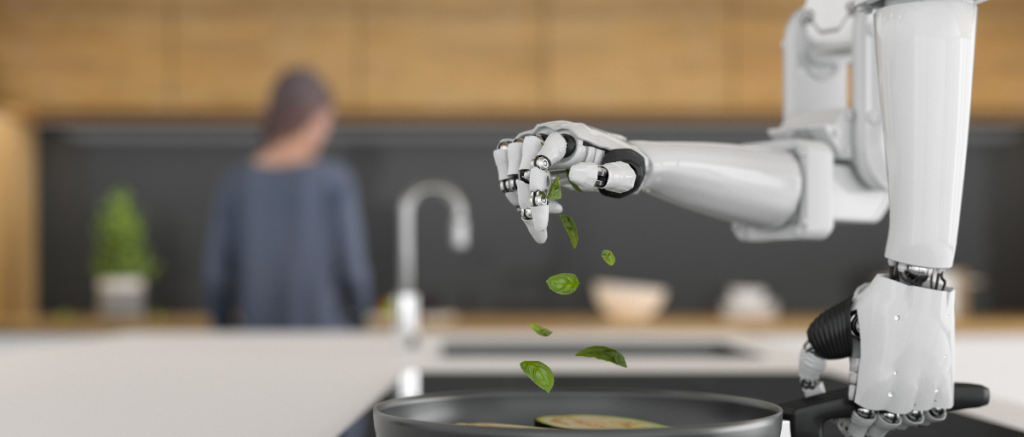Artificial intelligence is transforming businesses across industries – and the restaurant sector is no exception. By 2024, it’s predicted that AI will be managing 25% of all customer service and sales processes. Implementing the right AI solutions can help your restaurant boost efficiency, better engage customers, and increase your bottom line.
In this blog, we’ll explore 9 impactful ways to leverage AI to improve your restaurant operations and take your success to the next level:
1. Predict Customer Demand
AI-powered demand forecasting tools allow you to accurately predict customer traffic throughout the day, week, or season. By analyzing historical sales data, weather forecasts, local events and more, these platforms can project future demand across menu items.
This insight lets you optimize staff scheduling, inventory management, and food prep. For example, one professional services firm saw food waste reduced by 35% after implementing an AI demand forecasting system. Plus you can identify peak periods to run specials and promotions when volumes are highest.
2. Personalize Offerings with AI Recommendation Engines

AI-powered recommendation engines analyze customer preferences and order history to make personalized menu suggestions, tailor marketing messages, and surface upsell opportunities.
This drives higher order values. For instance, Starbucks saw a 2.5% sales increase from AI-recommended add-ons. Beyond just orders, recommenders can also suggest complementary products – like suggesting a dessert after a heavy entree.
3. Automate Inventory and Supply Chain Management
Running out of key ingredients can cripple your operations. AI inventory management solutions use machine learning algorithms to continuously analyze consumption rates and ingredient shelf life.
The platform can automatically reorder supplies and optimize delivery schedules. This prevents both shortages and over-ordering. For example, UK food delivery firm Parsley Box cut surplus inventory by 73% using AI tracking.
4. Enhance Customer Support through Chatbots
Chatbots powered by AI are an invaluable asset for customer support. These bots can handle common inquiries like directions, hours, reservations, and menu or event details. This resolves customer issues instantly 24/7 while freeing up staff.
According to Juniper Research, over 75% of all customer service interactions will happen through AI chatbots by 2023. Integrate your chatbot with your reservation system so it can book tables and modify reservations as needed.
5. Improve Food Quality and Reduce Prep Time with Intelligent Cooking

Intelligent cooking systems allow you to automate parts of the food preparation process using AI guidance. For example, intelligent sous vide machines can monitor water temperature and cooking progression to achieve the perfect doneness hands-free.
Food processors with AI can also adjust settings on the fly based on measurements of texture, consistency and more. Intelligent cooking tech reduces human effort and improves the consistency of dishes.
6. Leverage Predictive Maintenance to Stop Equipment Failures
Restaurant equipment breakdowns can severely disrupt operations. AI-enabled predictive maintenance solutions use machine learning to continuously monitor equipment sensors for early warning signs of failures.
The platform sends alerts so issues can be fixed before a breakdown. Predictive maintenance reduces the likelihood of unplanned outages by up to 70%, according to McKinsey. This improves uptime and customer service quality.
7. Automate Inventory Counts and Expiration Tracking
Manual inventory counting and tracking item expiration dates is tedious work. AI-powered computer vision solutions can now automatically scan barcodes and monitor stock levels in real-time.
Integrating an AI system with your point of sale simplifies reordering and reduces waste by flagging soon-to-expire items. Estimates indicate AI-powered inventory automation can reduce costs by 10-25%.
8. Let Robot Chefs Handle Repetitive Cooking Tasks

Robotic chefs like Miso Robotics’ Flippy can automate repetitive, dangerous kitchen tasks like frying, grilling, flipping burgers and preparing ingredients. This frees up human staff for higher-level work.
AI assistant chef robots can also monitor cooking progress and temperatures. And features like automatic spatula cleaning improves hygiene. Bot chefs boost productivity – Flippy can replace up to 3 full-time staff and pays for itself within 1 year.
9. Analyze Operations and Finances with AI Insights
AI analytics platforms comb through your sales data, inventory, supply chain transactions, marketing metrics and more to uncover optimization opportunities. The tools generate forecasts, identify larger trends, and showcase performance drivers.
Managers can tap the AI for real-time guidance on day-to-day decisions or long-term strategic planning. Forbes notes AI-powered analytics can improve decision-making by up to 50%.
The Future is AI
Implementing the right AI solutions helps your restaurant boost efficiency, engagement, quality and sales. Start small by picking 1-2 high-impact applications like using a chatbot or demand prediction. As processes improve, expand the role of AI across your operations and customer interactions. The future of better dining experiences is AI-powered.


